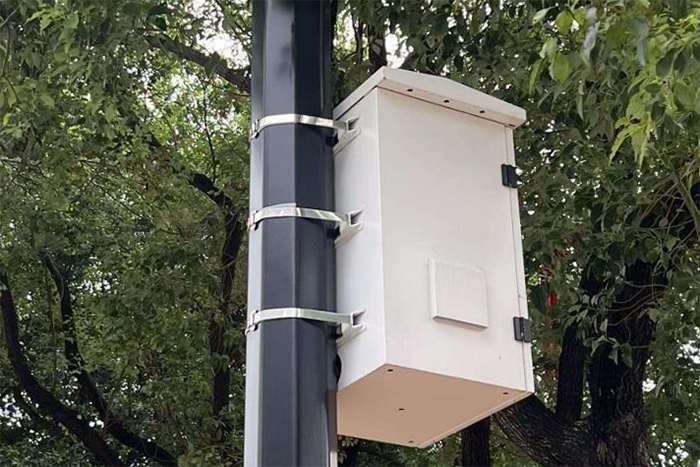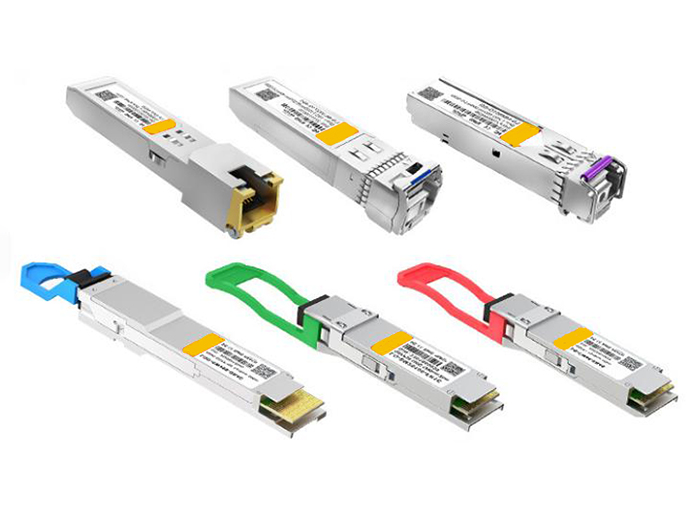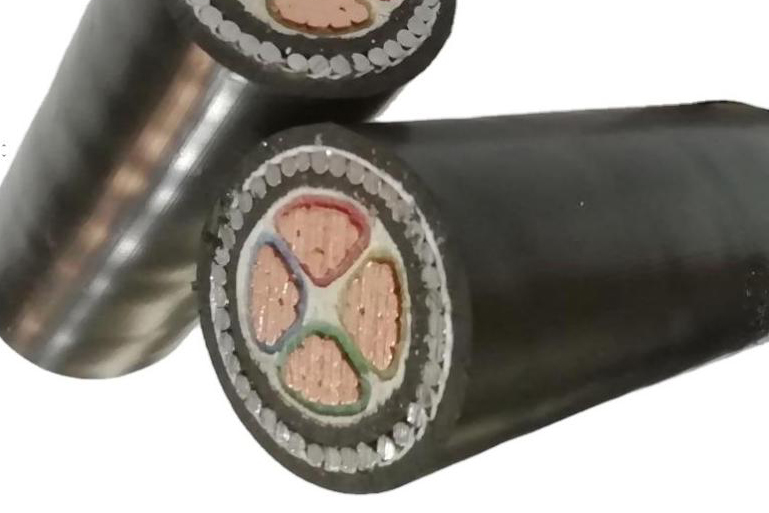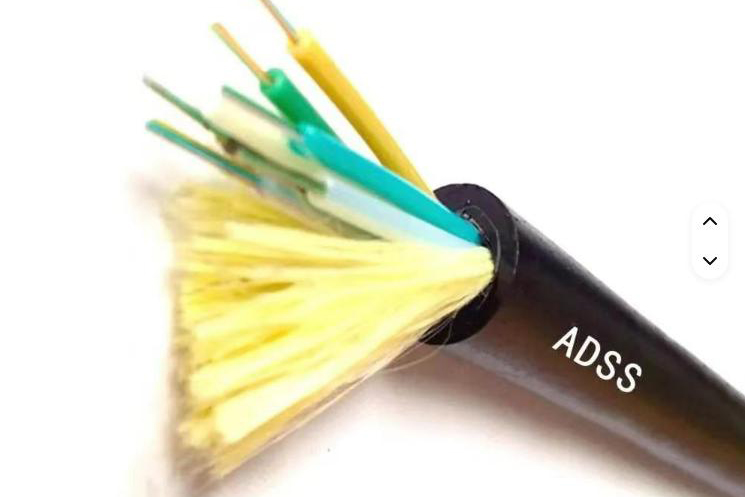
What Is Electromagnetic Interference (EMI), and Why Should You Care?
Electromagnetic interference (EMI) sounds technical, but its effects are everywhere—from the hum on an audio line to a dropped video call. It’s a type of noise, usually uninvited, that travels through electrical paths or airwaves, disrupting the signals devices are supposed to receive. Think of it as background static, your electronics can’t ignore.
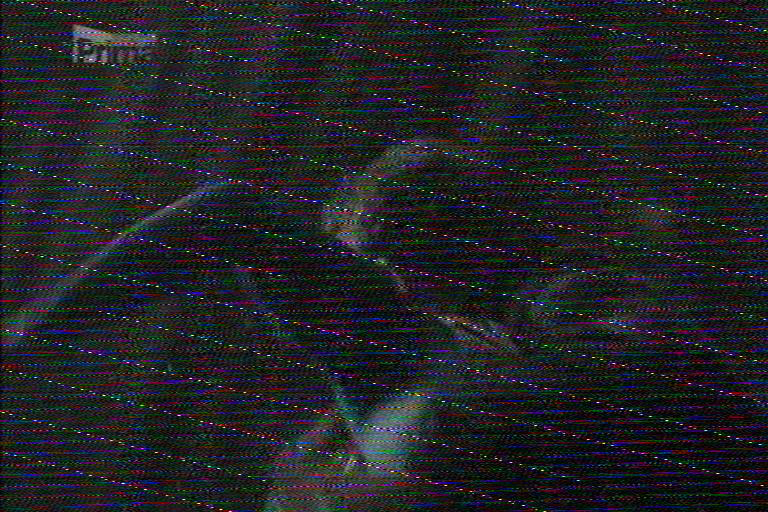
Electromagnetic interference in analogue TV signal. Wikipedia.
What Causes EMI?
EMI has many sources. Some are natural, like lightning or solar flares. Others are human-made: power lines, microwaves, faulty devices, even your phone. They all mess with how electronics behave—sometimes in subtle ways, sometimes not so subtle.
This interference happens because electricity and magnetism are inseparable. When current flows through a wire, it generates a magnetic field. That magnetic field can induce current in a nearby wire—and boom, you've got EMI.
Why EMI Matters for Modern Networks
As data rates climb and devices shrink, the effects of EMI have become harder to ignore. EMI might appear in office networks as brief Wi-Fi dropouts or slow file transfers. In factories or hospitals, the consequences are more serious—signal loss, false sensor readings, or even critical device failure.
For wired networks especially, EMI doesn’t just reduce performance—it shortens equipment lifespan and increases error rates. Poorly shielded cables near power lines or motors can act like antennas, picking up stray currents and introducing noise into your signal. Over time, this weakens the integrity of the whole network.
That’s why many engineers now opt for shielded twisted pair (STP) cables or, when budgets allow, optical fiber. Fiber optic cables don’t carry electricity. They transmit light, immune to any nearby magnetic or electric fields. For environments with heavy machinery, radio equipment, or tightly packed cables, switching to fiber can be the simplest long-term solution to EMI-related headaches.
Types of EMI: Radiated, Conducted, Coupled
EMI travels in a few different ways:
-
Radiated EMI comes through the air. A leaky microwave or a nearby cell tower can disrupt Wi-Fi or Ethernet connections.
-
Conducted EMI moves through power or data lines. Plug in a vacuum cleaner, and your nearby PC might restart if they're on the same circuit.
-
Coupled EMI happens when two wires are close together, like power and signal lines in the same conduit, allowing magnetic or electric fields to bleed across.
Each type needs its own strategy to manage, but all of them can be mitigated by good cable design and layout.
Shielding vs. Switching: What Works Best?
To control EMI, network planners often weigh two approaches: shield the system or switch to materials that don’t conduct EMI in the first place. Copper cables rely on shielding—layers of foil or braid that block interference. This works well, but comes with added cost, complexity, and thickness. It also doesn’t eliminate all interference, especially from low-frequency sources.
Fiber optic cables, on the other hand, sidestep the problem entirely. Because they use glass or plastic to transmit data as pulses of light, they’re naturally immune to both radiated and conducted EMI. This makes them ideal for:
-
Hospitals with sensitive diagnostic equipment
-
Factories running high-powered motors or VFDs
-
Radio stations and broadcast facilities
-
Military or aerospace systems with strict noise limits
And as more buildings adopt high-bandwidth services like 10G Ethernet and 5G repeaters, EMI shielding alone often isn’t enough. Fiber isn’t just cleaner—it’s future-proof.
Planning for EMI in Your Network
If you’re installing or upgrading a structured cabling system, EMI isn’t just a background concern—it’s part of the blueprint. That’s why standards like ANSI/TIA-568 and ISO/IEC 11801 outline cable separation distances and shielding specs.
In many cases, it’s not just the cable that matters, but where you run it. Avoid routing signal cables near power lines or fluorescent ballasts. Use patch panels and enclosures that preserve shielding continuity. And when performance really matters, fiber becomes the obvious choice—not just for speed, but for signal clarity.
Final Thoughts
As networks get faster and denser, EMI becomes harder to ignore. It shows up in unexpected places and causes costly slowdowns or failures. That’s why fiber optic cables are becoming the go-to choice—not only for performance, but for reliability in noisy environments.
At Stanford Optics, we offer a full range of fiber-based solutions designed for EMI-sensitive installations—from indoor plenum cables to armored outdoor options. Whether you're designing a hospital backbone or a factory floor, we can help you build networks that stay fast and stay clean.

